The Complete Guide to Preparing for PD

How to improve fertility and financial returns during the PD phase
The biggest losses in suckler herd businesses come from empty cows, particularly over winter. Even when grazing, they are still consuming an input, but apart from their cull value, offering nothing back financially. With Dr Joe Henry, vet at Black Sheep Farm Health in Northumberland and Sarah Pick, AHDB senior knowledge exchange manager Beef & Lamb, we look at how pregnancy diagnosis (PD) can improve herd fertility.
To help you navigate this blog, we’ve created some useful links that will take you directly to the section that you want to read:
Preparing cows for pregnancy
1. Be clear on your PD objectives
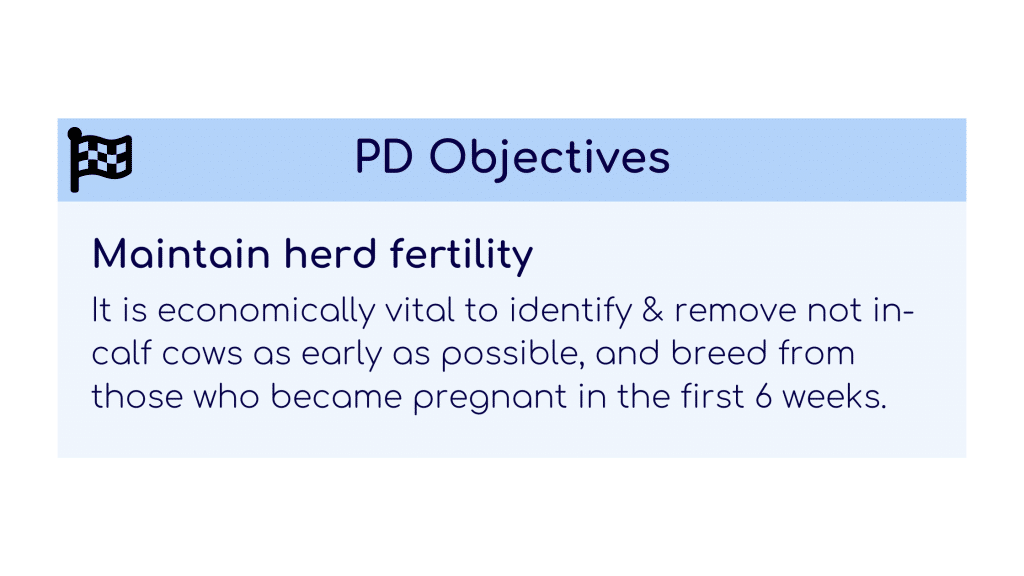
It is economically important to identify and remove cows not in calf as early as possible and only select future breeding stock from those that became pregnant in the first six weeks of the breeding period.
2. Understand the Key Performance Indicators (KPIs) worth tracking
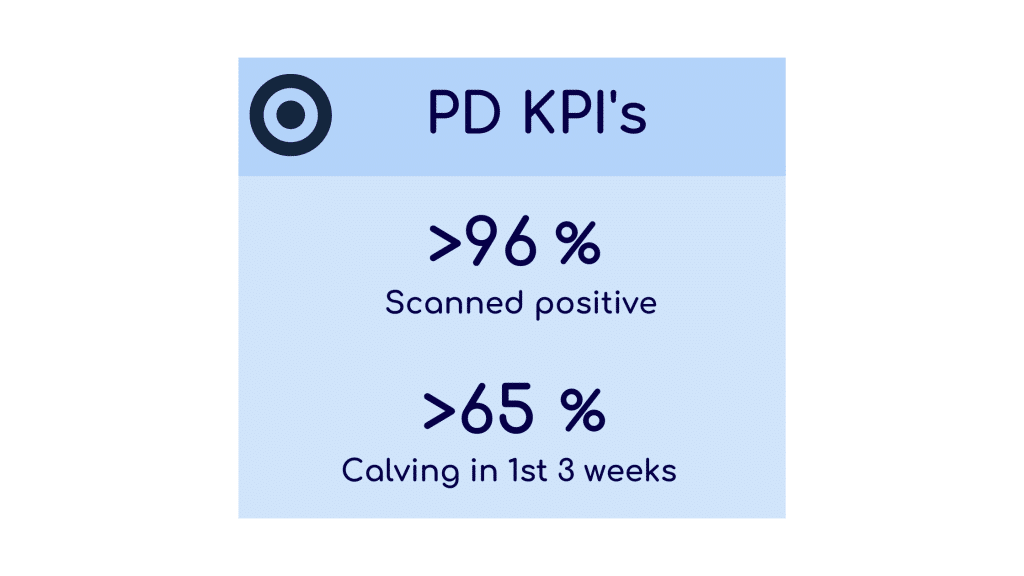
PD KPIs are the measurable goals that relate to your calving objectives, and it will pay you to keep track of them.
While you might have a rough idea where your herd falls on these metrics, continuously tracking them will help you understand where you need to make changes to meet your objectives. It will also enable you to see how quickly you’re making progress.
And if it all sounds complicated don’t worry. Logging your PD test results in the Breedr mobile app will automatically calculate these metrics for you.
Ms Pick says the 96% scanned positive KPI refers to a service period no longer than 12 weeks. “A service period of 12 weeks is recommended to ensure you are selecting for fertility. It also means simpler management of cows and calves and that an even batch of calves will be produced at weaning.”
3. Get informed
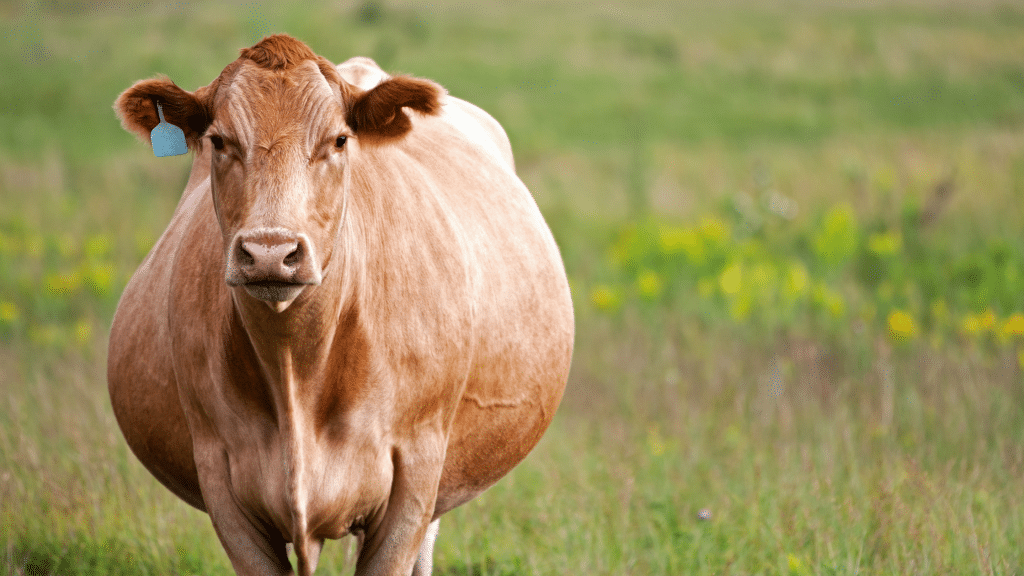
Understanding which cows are pregnant and which are not, will allow you to tackle inefficiencies in your herd, cutting out losses that you would otherwise incur.
Dr Henry, who practises near Rothbury, Northumberland, says the major cost of suckler herds is associated with wintering. “The fewer cows you must winter and don’t have to spend money on the better. The cost varies between farms but can be £250-£450/head. Every barren cow you can avoid keeping is saving that money, which could be used to keep more productive cows.”
Wintering costs include feed, bedding, mucking out, supplying water and using fuel, says Dr Henry.
He estimates that 75% of herds PD in his area, equating to 90% of cows as the larger herds are more likely to do it.
Producers should cull all cows that are not in calf, even if they have had a difficult calving, he says. “With the average suckler cow losing money even when producing a calf, keeping one that is not productive will lose even more. Culling makes sense as cull cows are similar money to replacing with a heifer. Ask why the calving was difficult – was it bad genetics or not feeding to the correct condition score?”
Ms Pick concurs, adding that there may be an argument for keeping cows if there is a problem with bull fertility. “Also, there may be room for leniency with first calved heifers as they have a lot going on in terms of growth and lactation.”
4. When to pregnancy test
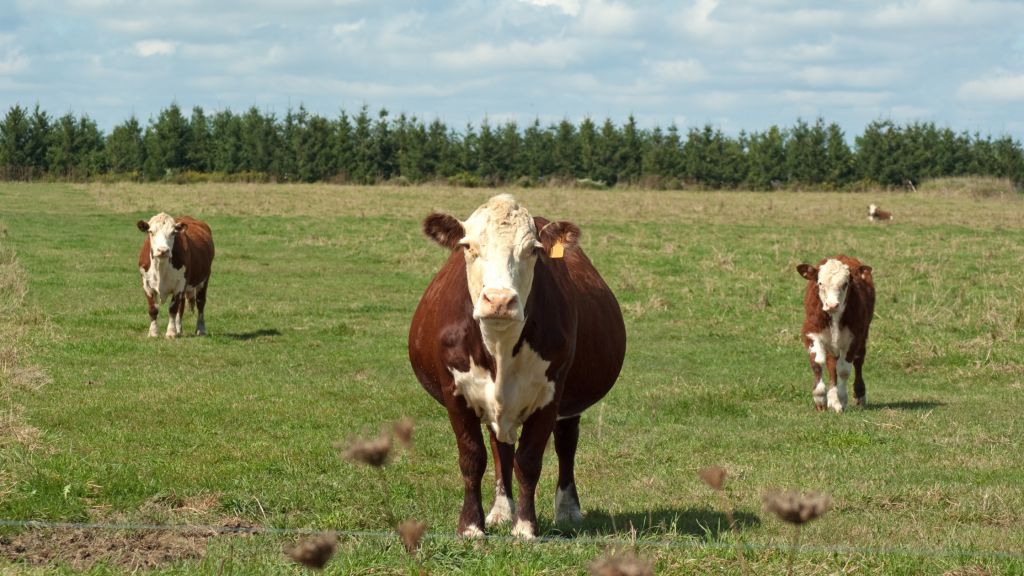
Timing of testing depends on the farm and its system, says Dr Henry. “For spring calving cows it can be done any time from five weeks after the bull has been taken away from cows to the start of winter.
“Farmers with a bulling period of nine to 10 weeks sometimes want early PDs in September so we need to use scanners – this is reliable, but you have to do it at least five weeks after the bull went out. Scanning is also used to pick up twins which can account for 10% of births on some farms.
“Be aware if doing early scanning/PD a very small percentage of cows may reabsorb after a positive PD result.
“For cows on the hill, I tend to do PDs in October/November – these are generally manual. There is no real difference in herd management terms whether they are done earlier (in September) or later. It is good to know the later calvers but if you’re only bulling for nine weeks it is not so important to determine precisely when they are due to calve. Two-thirds of calves should be born within the first three weeks of calving anyway.”
For autumn calving cows, testing can be done from five weeks after removing the bull and should be done before turnout, he says. “Empty cows can then be either weaned early and sold or put in a group where their calves have access to creep feed to take pressure off the cow, allowing her condition to improve and facilitating earlier weaning for the calf.”
Breedr PD tasks:
You can begin pregnancy scanning five to eight weeks from the end of the service period.
- Record when the bull is removed and set a reminder for when to PD test
- Log a PD activity in the app for each cow. You can either do this retrospectively or log the activity in crush mode. A top tip is to make the test a favourite by tapping the star icon on the top right corner of the PD activity.
- For pregnant cows, get days since conception from your vet as accurately as possible – this will allow the app to calculate the estimated due date which populates the calendar in the Alerts report on the web.
- Positive tests will also update the pregnancy status of the cow to “pregnant”, which will allow you to filter your animals to find those that are/are not in-calf and manage accordingly.
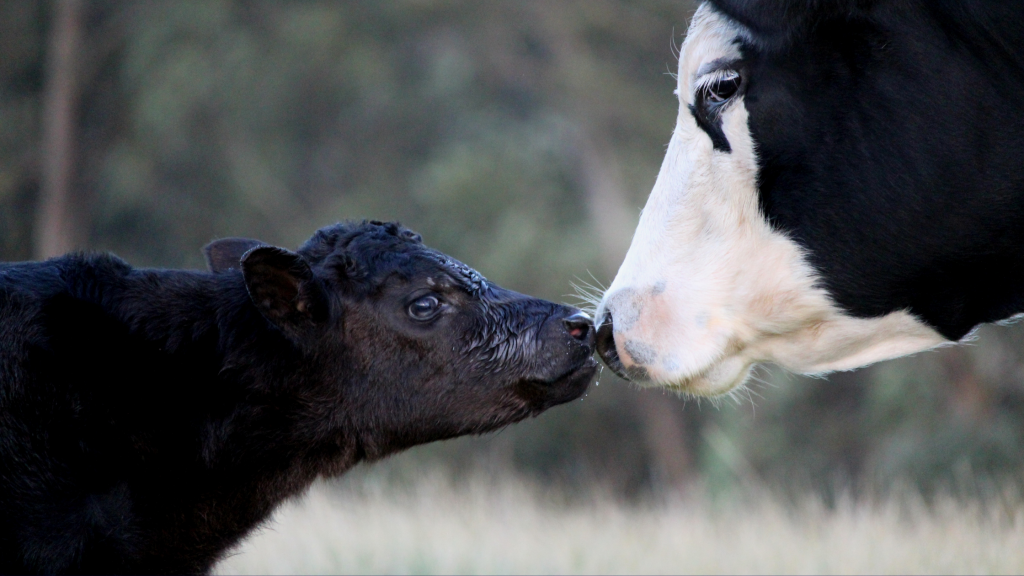
Post PD analysis
By getting your vet involved in post PD analysis you can look at benchmarks, review these against the farm average, see where you are and where you want to go, says Dr Henry. “For example, some farmers are happy with higher barren rates as they have a bulling period of only seven weeks.”
1. Empty cows
- Understand why you have empty cows
- Are these old cows or heifers?
- Was there an issue with the bull or AI straw?
- Was there an issue with the cow?
- What was her Body Condition Score (BCS) at calving and service?
- Did she have a difficult calving?
- What was her nutrition pre- and post-calving?
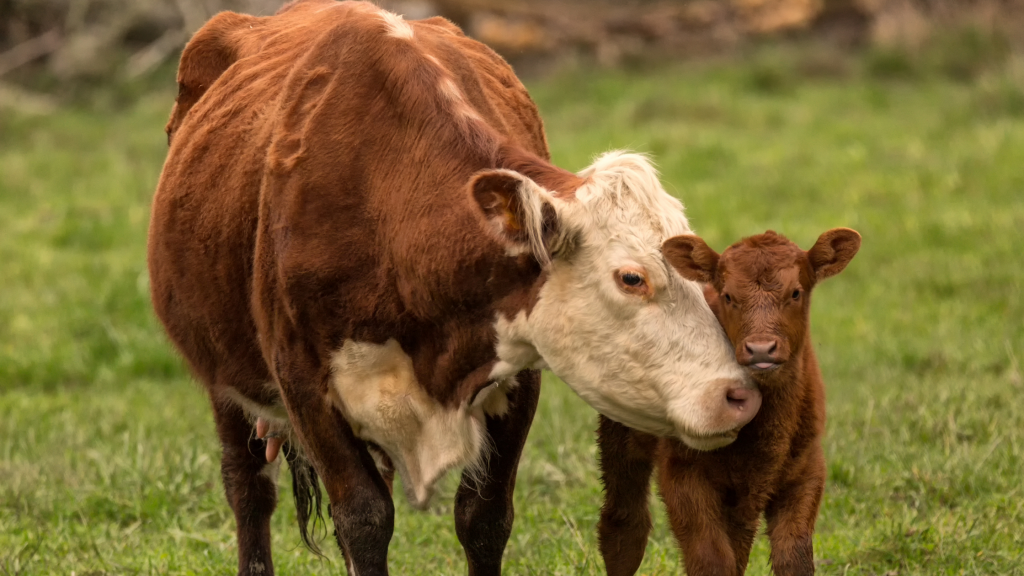
Reasons for empty cows can often be complex so consulting your vet will help tease these out, says Dr Henry. “We can’t say what the reason might be without looking at records. It might be BVD or selenium deficiency – there are loads of factors and it is often an interaction between different ones.”
One factor concerns difficult calvings, he says. “Know what date the cow last calved, to which sire and whether she had to be assisted. No more than 5% of cows or 15% of heifers should need assistance.”
Another key factor is BCS at calving and service, says Ms Pick. “Cows should be at least BCS 2.5 at calving and service, and heifers around BCS 3,” says Ms Pick. “This is because heifers have a lot going on; they are still growing, lactating and we want them to reproduce.
“Group heifers separately as well as any cows under BCS 2.5 – these cows may be struggling to compete with their herd mates.”
Avoiding sudden changes in diet is particularly important for the six weeks before and weeks after breeding, she says. “Around 75% of foetal losses occur during the first 42 days after conception. It takes 42 days for the fertilised egg to implant and changes to diet during this time can affect the uterine environment, leading to a reduction in conception rates,” she says.
Culling empty cows
If the cow begins cycling 50 days post-calving and the service period lasts 63 days, then you wait 42 days to PD test – the calf from the previous breeding cycle will be 155 days old (five months) and still suckling. Ensure it is ready to be weaned before culling the cow (see weaning blog).
2. Pregnant cows
Pregnant cows should be grouped according to BCS and managed accordingly, says Dr Henry. Ask your vet to condition score the cows when they are being PD’d – this can also be logged on the app.
“Feeding to condition score is fundamental to profitable suckler cow farming as the best fertility is achieved when the herd is closest to the target condition score,” he says.
“Changes in condition score take time. They need to happen gradually and not be left until the pre-calving period.”
You can use the calendar on the Alerts report to see when your calving period will start, how long it will last and how many cows are due to calve in the first three to six weeks. Use these tools to analyse bull performance and identify any that may need replacing. Otherwise, you would need to wait until calving begins. Looking into problems early will allow you to manage your entire herd more effectively.
Watch our Precision PD webinar:
Read: Complete Guide to Preparing for Service




